Teaching students to become good citizens is in-style learning objective at many universities (mine included). It is a personal drive of mine, particularly in courses that are comprised of mostly non-majors who will not go on to become political-junkies (sniffle, sniffle). But as a political scientist, I’ve seldom made my classroom a truly participatory space. Sure they get to “speak their mind” but they have had no input into the construction of the course (readings, assignments, rules etc.)
Part of me things this is as it should be. I am the expert. I convinced a committee of scholars to give me a piece of paper with the words “Doctor of Philosophy” on it. I know what they need to know about politics. They do not know what they do not know.
But there is this other part of me that believes that what I know about political science is secondary to their learning. What matters is how they access what I know. What I don’t “know” is the quickly evolving student culture. What my students bring to the table is local knowledge or the unique particulars of a community that affect norms and behavior.
As such, I approached this year from a participatory framework. I use Archon Fung’s great book on Chicago’s participatory processes Empowered Participation when I teach my policy courses. The great insight of this book is that citizen involvement works best when it is tempered by expert feedback and oversight. This article details efforts at participatory budgeting in New York city.
There are countless examples of citizens taking their civic responsibility seriously when given real decision making opportunities, or even when placed in a structure that engages them in deliberation. The purpose isn’t to let the “inmates run the asylum” but rather to help those entrusted with civic leadership in arriving at better solutions. An additional benefit is letting citizens into the process of public decision-making.
So I decided to enact a form of participatory budgeting in my two courses this year. I opened up the syllabus and asked them to think carefully about what types of assignments they wanted to produce, what subjects they cared most about and how they wanted to classroom to be run. The result was a productive dialogue with my students on the use of laptops in class, the best pedagogical strategies, the utility of in-class exams and mandatory attendance policies. I incorporated their feedback and completely revamped my syllabus for the year.
This approach is fraught with dangers. It’s easy with this paradigm to present higher education as another service-based, market institution. I stressed to them that I was not a Walmart greeter. I wasn’t trying to figure out how to “serve the customer” but instead I was asking them to be part of a process of co-creation where together we figured out how to structure the course in the most optimal way for their learning needs.
This might still go horrible wrong. We’re in week two of my semester and the syllabus isn’t finalized. I am incorporating new technology without the requisite summer “beta testing” period — here’s a tip: the Google+ “communities” feature is a breeze to create but a nightmare to populate. I’m letting students in one class create their own experiential learning portfolios but I haven’t figured out the rubrics or how to assess this yet. I might get overwhelmed and find myself in the position on having a bunch of portfolios with no criteria on which to grade them.
But for now, I’m willing to put up with this uncertainty (however terrifying). I’ll let you know how it goes.



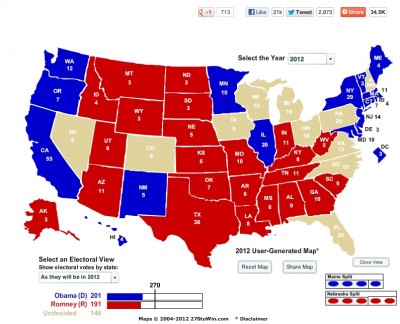
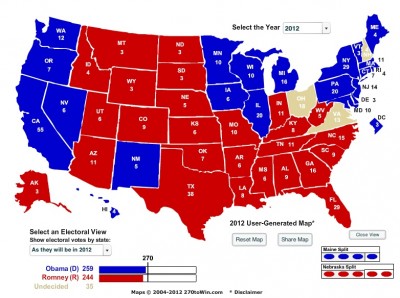
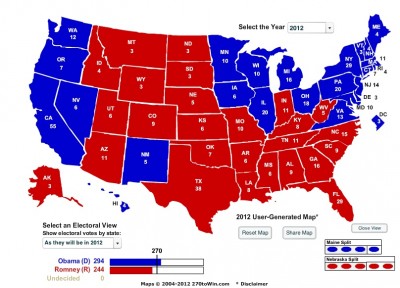
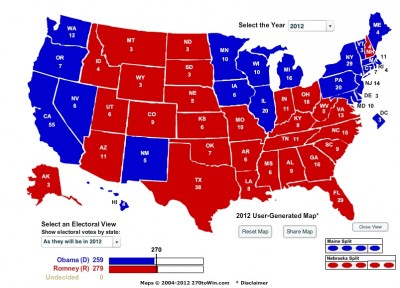
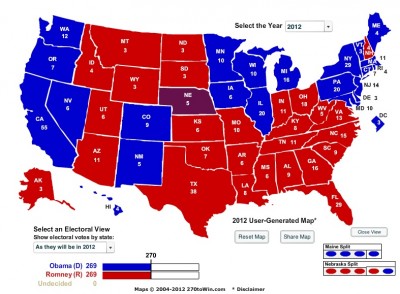


.jpg?uuid=GzpEUJ7LEeG8pnJ7y9v4Zg)
